
Growing greens in the backyard means you’ll always have the ingredients for a fresh salad to hand and you only need to pick enough for that day.
Salad ingredients include all the types of lettuce, leafy greens and the young leaves of vegies such as beetroot.
Packed with chlorophyll, folate, fibre, calcium and vitamin C, salad greens are good for your health. And if they’re grown organically, you won’t be adding any chemicals to your diet.
You can make your own mesclun mix if you grow a range of young leaves, choosing varieties to suit your tastes. Popular mixes use lettuces, spinach, rocket and endive.
Salad greens can be grown in containers, and many varieties can be cultivated throughout the year.
They grow well in troughs or large pots. And if you like to recycle and are not fussy about looks, use Styrofoam boxes with drainage holes in the base. Otherwise buy raised vegie beds.
Start with a good-quality potting mix, fertilise fortnightly and water regularly, increasing it to daily on hot days for container-grown greens.
Lettuce types
There are many varieties of lettuce, but here are the four main types.
HEARTING or crisphead types have a dense or cabbage-like heart.
TRY ‘Great Lakes’ and ‘Iceberg’.
BUTTERHEADS have a loose centre and can be picked whole or by leaf.
TRY ‘Buttercrunch’, ‘Green Mignonette’ and ‘Brown Mignonette’.
COS or Romaine lettuces have leaves that grow from a central stem.
TRY ‘Red Cos’ or ‘Cos’.
LOOSE LEAF or cut-and-come-again types can be constantly picked.
TRY ‘Red Oakleaf’ or ‘Green Oakleaf’.
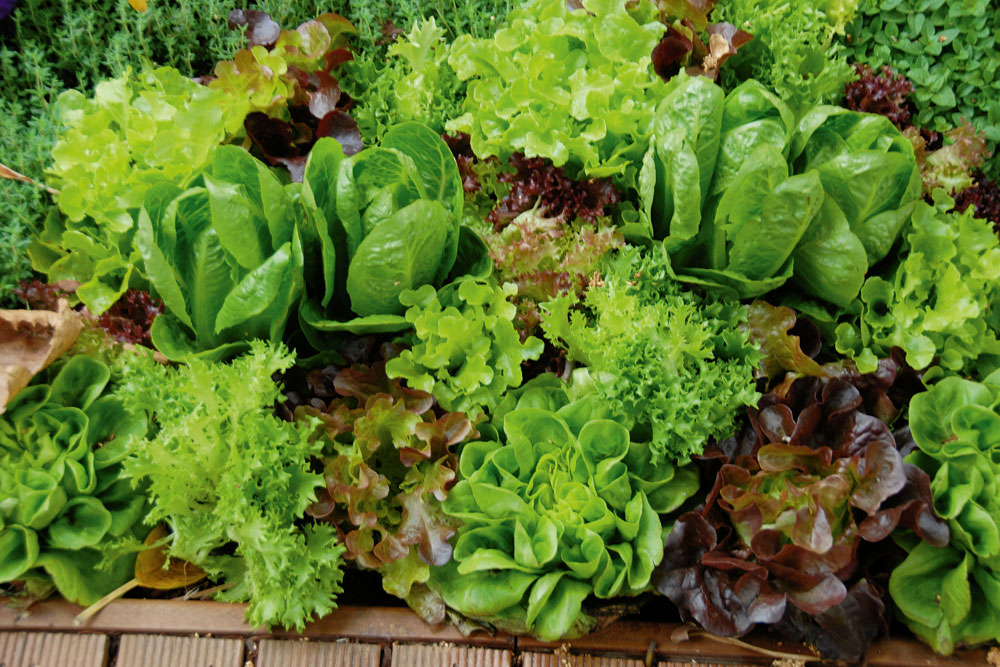
Salad rocket
Rocket is a leafy green, also known as arugula, that has been grown as an edible herb for centuries.
It’s commonly used in place of or in combination with lettuce in salads.
It grows well in spring and won’t bolt to seed. During summer, shade rocket from hot afternoon sun to stop it bolting. The leaves are at their best when picked young and eaten fresh.
Celery leaf
To get a celery flavour without having to buy the vegie, grow celery leaf.
A form of wild celery, it has a parsley-like growth habit. Pick the young leaves for salads and older ones for soups, stir-fries and stews.
Leafy greens
Mizuna
This has deeply serrated leaves and looks good in pots or garden beds. Position the seedlings about 250mm apart and harvest the young leaves as required. Green salads with mustard-tasting mizuna go well with Asian foods and fish.
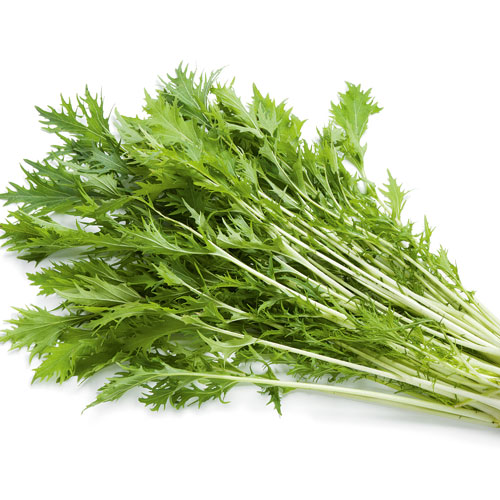
Mizuna has deeply serrated leaves and looks good in pots or garden beds. Image: Thinkstock
Watercress
It may be an aquatic plant, but watercress can easily be grown without a pond. Sow seeds in damp soil in the garden or a self-watering pot, keeping the mix or soil moist. Pick the leaves when needed and use in salads to add a peppery taste.
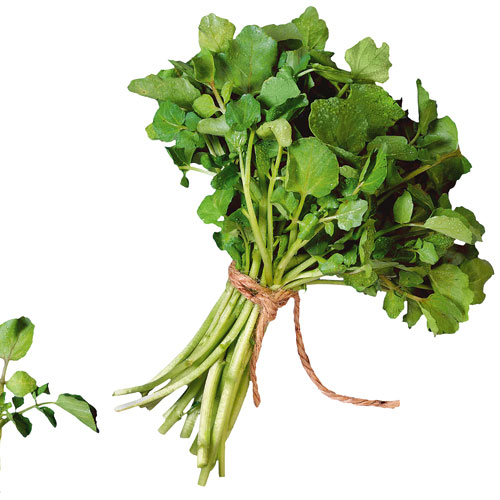
It may be an aquatic plant, but watercress can easily be grown without a pond. Image: Thinkstock
Cress
Sow the seeds of easy-to-grow cress on moist cotton wool or a thin layer of seed-raising mix in a tray, then position on a sunny windowsill. Or sprinkle the seeds onto the soil in a bed or pot, harvesting the leaves as required to add tang to salads.
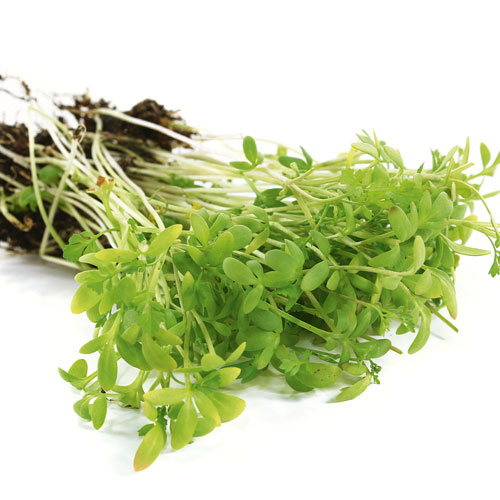
Sow the seeds of easy-to-grow cress on moist cotton wool or a thin layer of seed-raising mix in a tray. Image: Thinkstock
Create a salad garden
Individual plants may have different spacing requirements, but here are the basic guidelines for planting greens.
If soil temperatures are too high, lettuces may not germinate. Moisten the seeds and position between damp paper towel, then refrigerate for a day.
SOW seeds or plant seedlings in pots or directly into garden beds. To avoid producing excessive amounts, sow or plant successively.
POSITION in full sun with protection from the hot afternoon sunlight, especially during the summer months.
SOIL should be free-draining and enriched before planting with organic matter like compost or cow manure,
or by adding Dynamic Lifter.
FEED fortnightly with a complete soluble plant food such as Powerfeed, watering the soil before and after.
WATER regularly for steady growth and succulent leaves, keeping the soil damp, not wet. Water in the morning or evening every day or two, working out a routine based on the weather.
MULCH with lucerne hay, pea straw or sugar cane to help retain moisture.
TIP Set out baits for slugs and snails.
Eating flowers
Add a special touch to green salads with edible blooms.
You can use English daisy (Bellis perennis), nasturtium, pansies, violas, pot marigolds (Calendula officinalis), roses, borage, violets, and orange and lemon blossoms.
And while dandelions are weeds, the young fresh leaves are tangy and very nutritious.
Flowers for eating or garnish should be blemish-free and not sprayed with chemicals.
Pick the flowers early in the morning or at dusk when they’re at their best. Wash them quickly in cool water, then cut off the green stems to the base of the blooms.
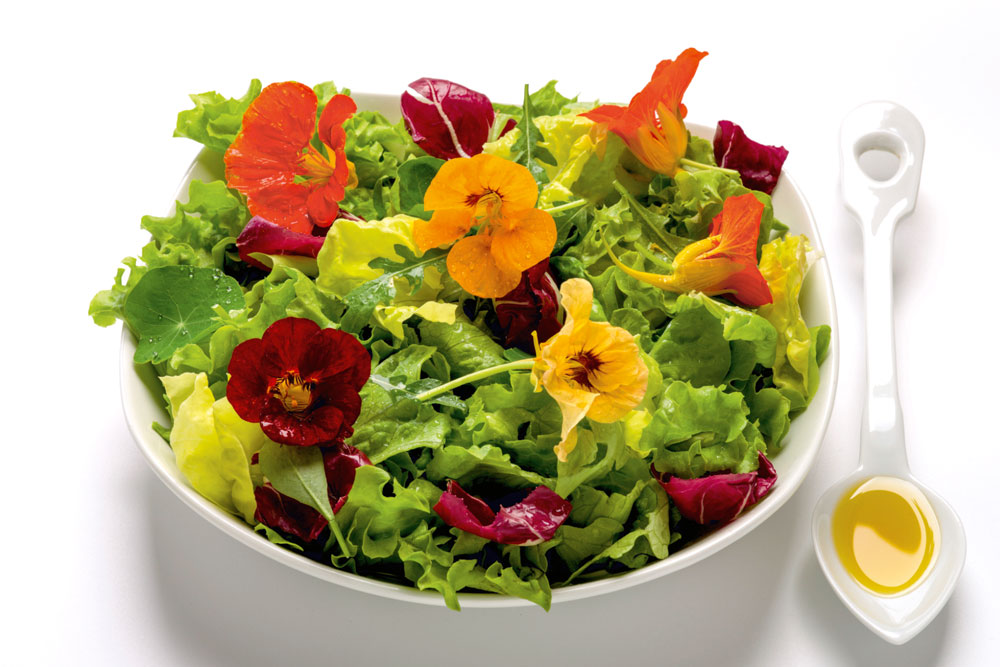
Add a special touch to green salads with edible blooms.Image: Thinkstock
Leafy Greens
Radish
The peppery-tasting leaves of radish are becoming just as popular as the roots. To grow radish just for harvesting the young leaves, sow the seeds close together directly into garden beds or containers. The leaves are ready to be picked when they are 40mm high.
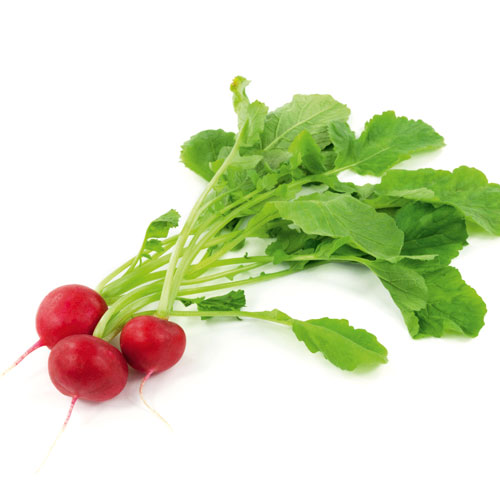
The peppery-tasting leaves of radish are becoming just as popular as the roots. Image: Thinkstock
Endive
Deeply serrated and decorative, the leaves of endive give a tangy flavour to salads. Thin the seedlings to 250mm apart because they form a large head of leaves, then pick the leaves as required. The young leaves are the best and are ready to pick about eight weeks after sowing.
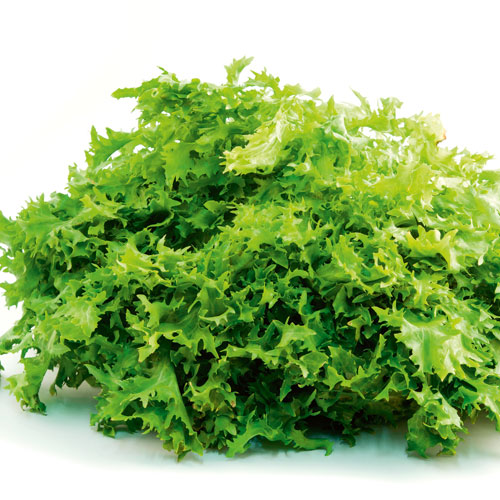
Deeply serrated and decorative, the leaves of endive give a tangy flavour to salads. Image: Alamy
Beetroot
Young beetroot leaves are delicious in salads. If growing for leaves and not vegies, sow the seeds 25mm apart and pick when 50mm long. Two or three seedlings appear from one beetroot cluster seed, so keep one for the leaves and transplant the others to grow for the root vegetable.
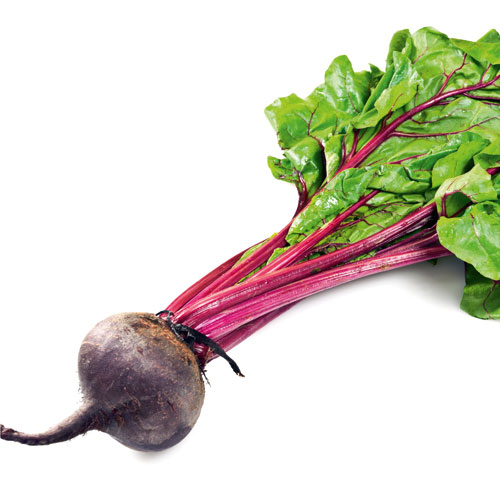
Young beetroot leaves are delicious in salads. Image: Thinkstock

